Data released from the US are generally positive.
Manufacturing PMI rose to 56.5 in April, up from 55.6 and beat expectation of 55.2. Services PMI rose to 54.4, up from 54.0 and beat expectation of 54.1. Composite PMI rose to 54.8, up from 54.2.
Comments from Chris Williamson, Chief Business Economist at IHS Markit:
“The US economy picked up pace again at the start of the second quarter. The April PMI surveys registered the second-strongest monthly expansion since last October. Manufacturing is leading the upturn, with factories reporting the strongest output gains for 15 months, and the vast service sector is enjoying a steady, robust expansion.
“After a relatively disappointing start to the year, the second quarter should prove a lot more encouraging. The current data point to an annualized GDP growth rate of 2.5%, with scope for some substantial upside surprises in coming months.
“First, growth in new orders accelerated to show the largest surge in demand for goods and services for just over three years. Second, companies’ expectations of growth over the coming year jumped to a three-year high. Third, hiring remains robust as firms struggle to cope with demand. The surveys point to non-farm payroll growth of approximately 200,000 in April.
“The details of the survey therefore suggest that output growth is on course to accelerate as we move into the summer. Prices are meanwhile being pulled upwards by the strength of the upturn, however, sending hawkish signals for policy makers.”
Also from the US, existing home sale rose to 5.60m annualized rate in March, above expectation of 5.55m.




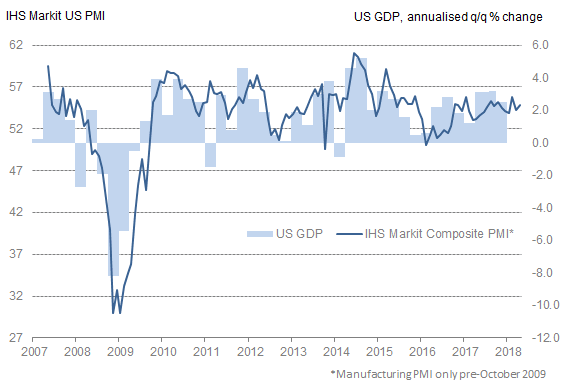
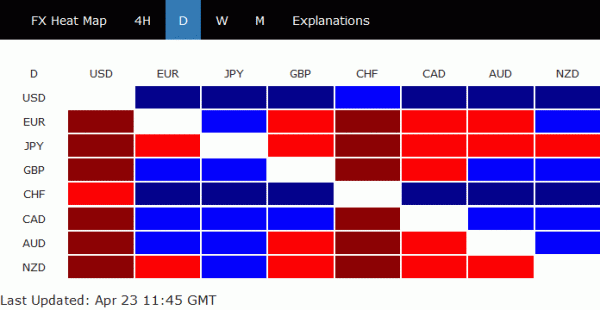
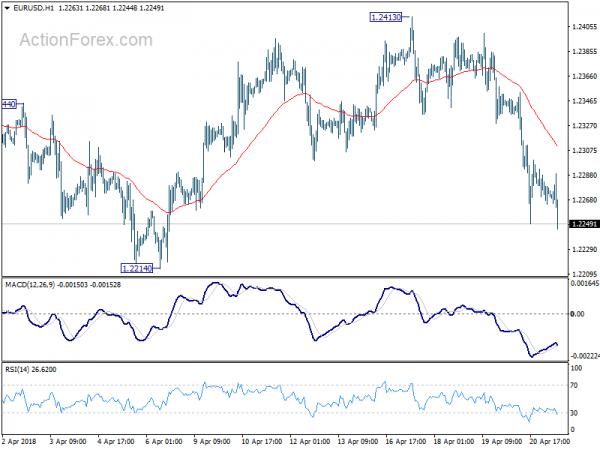
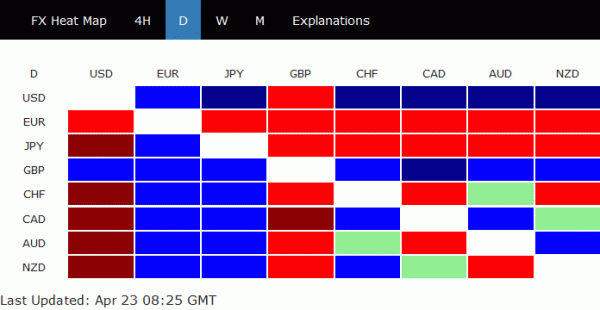
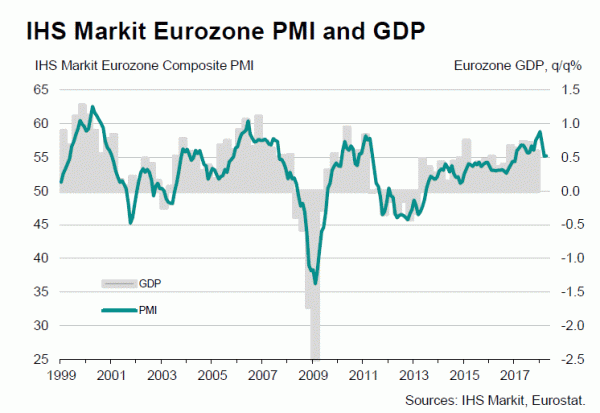
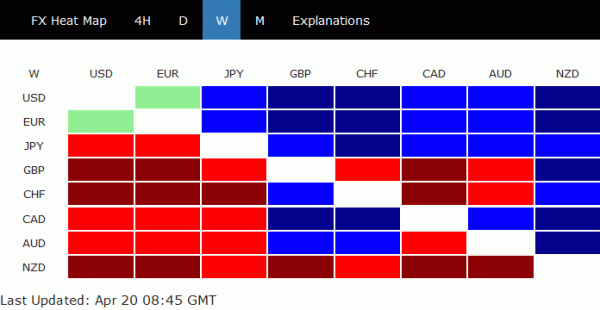
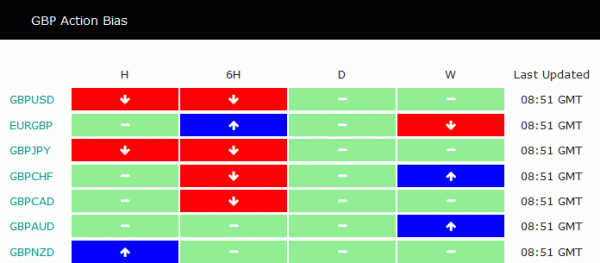
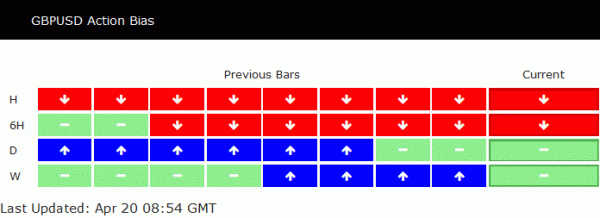
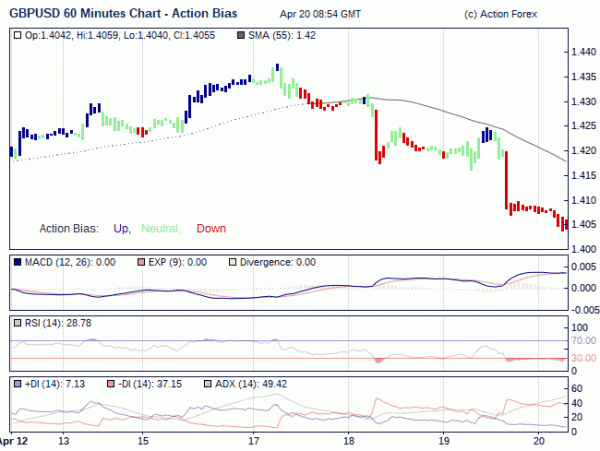
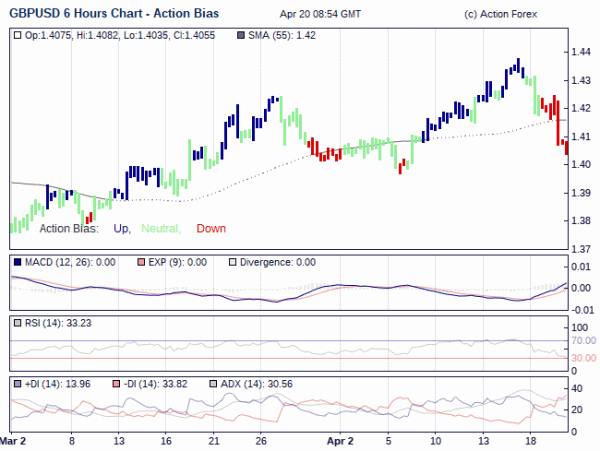
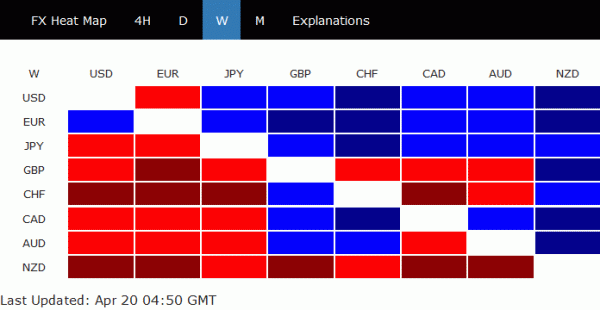
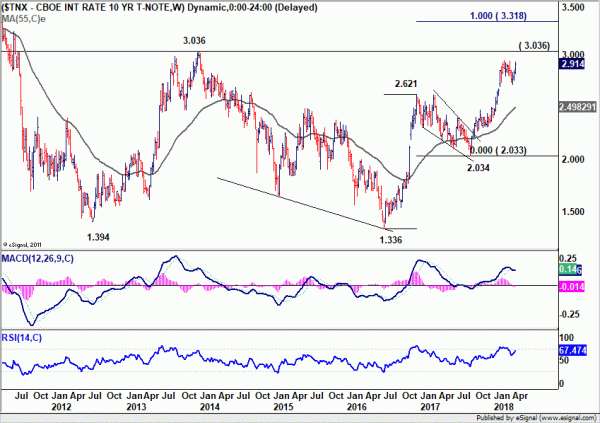
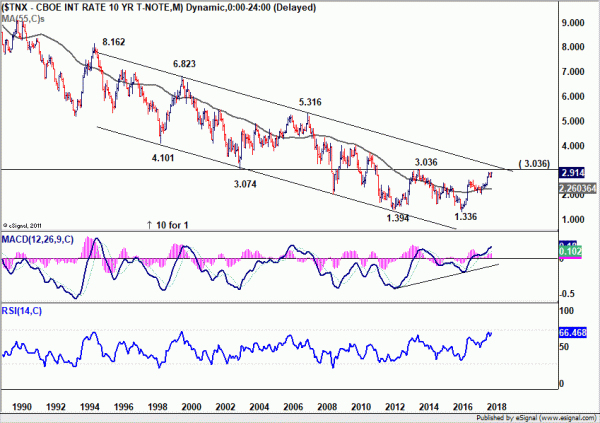
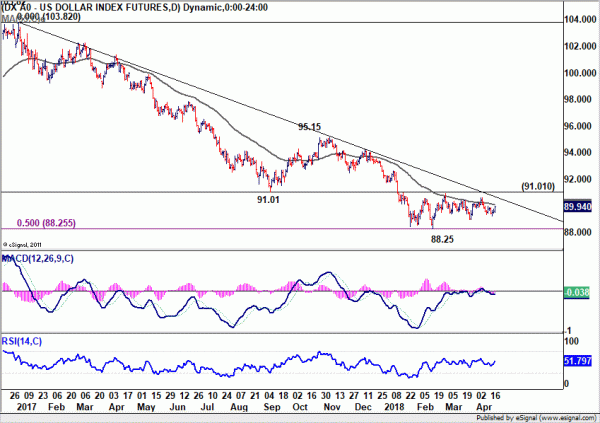
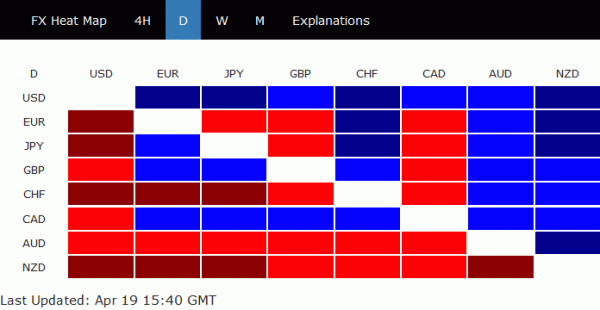
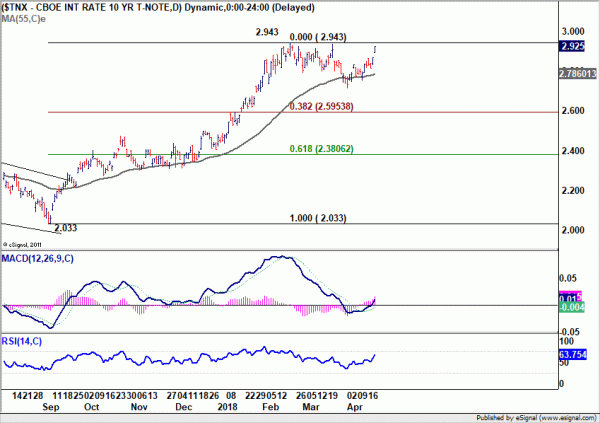

AUDUSD spikes lower after Australia CPI miss, but quickly recovered
Australia CPI was unchanged at 1.9% yoy in Q1, below expectation of 2.0%. RBA trimmed mean CPI rose to 1.9% yoy, up from 1.8% yoy and beat expectation of 1.8% yoy. RBA weighted median CPI was unchanged at 2.0% yoy, beat expectation of 1.9% yoy.
The Australian Bureau of Statistics noted in the release that “while the annual CPI rose 1.9 per cent, most East Coast cities have continued to experience annual inflation above 2.0 per cent, due in part to the strength in prices related to Housing and Food. Softer economic conditions in Darwin and Perth have resulted in annual inflation remaining subdued at 1.1 and 0.9 per cent respectively.”
AUD/USD spiked lower to 0.7576 after the release but quickly recovered. Firstly, the decline is a bit stretched after AUD/USD fell for three days. Secondly, the CPI data just affirmed the case that RBA is in no rush to raise interest rate. For now, AUD/USD is on track for 0.7500 key support level in near term.